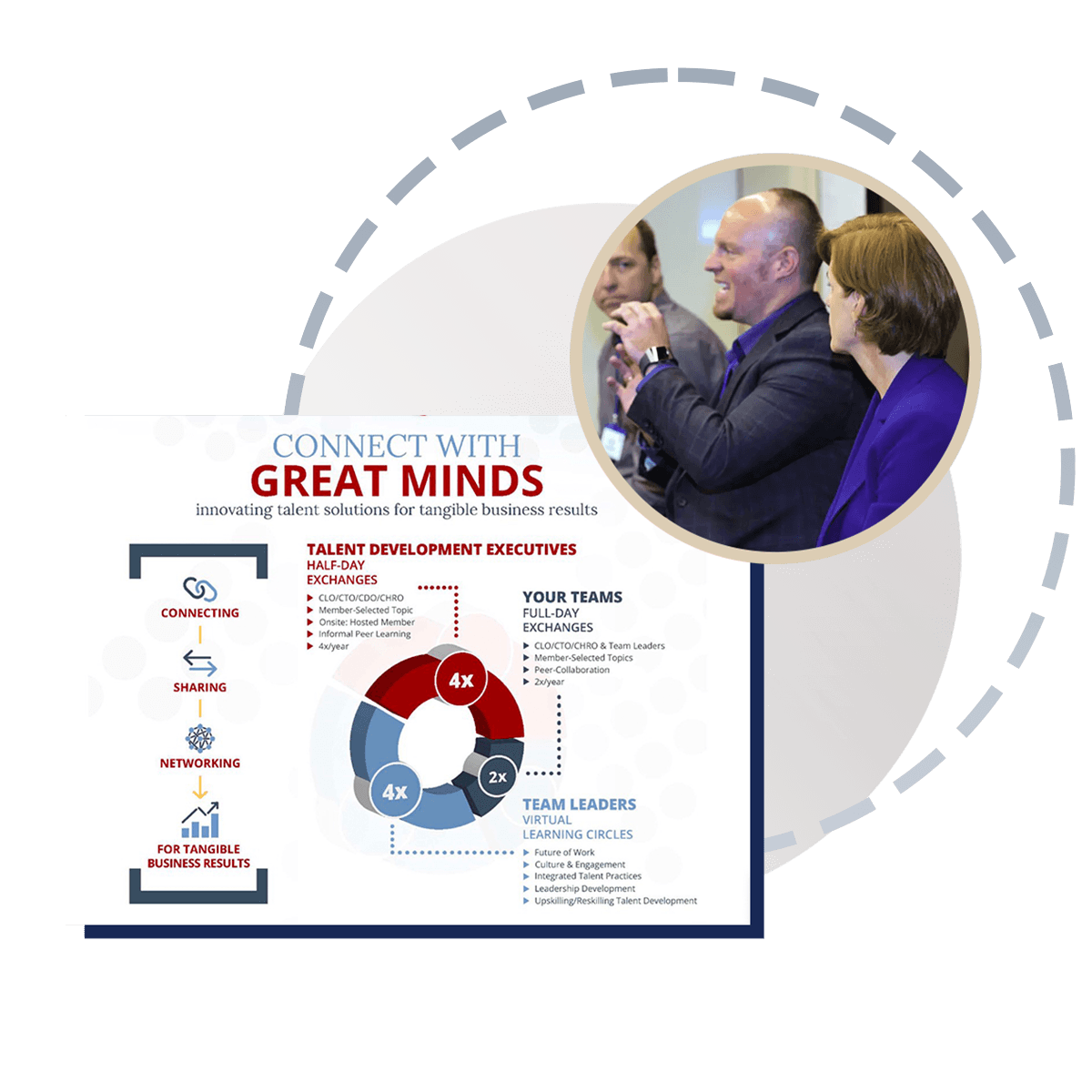AI is reshaping how we work—faster decisions, leaner processes, smarter tools. But for employees, the pace of transformation often feels more destabilizing than empowering. What’s accelerating is change. What’s not? Recovery. And while organizations rush to optimize workflows, the human systems that sustain them—well-being, trust, psychological safety—are showing signs of strain.
“When people feel genuinely cared for, trust and engagement soar.” -- Michelle Gonzales, West Bend Insurance

This session was a wake-up call for senior talent leaders: Your AI strategy will fail if your people don’t feel safe, skilled, and seen.
🔑 Key Takeaways:
-
AI creates uncertainty, not just efficiency. Employees fear irrelevance or job loss, especially without a clear roadmap for upskilling.
-
Well-being drives readiness. When employees feel cared for, they engage more deeply and adapt more confidently. That care can’t be performative—it has to be embedded in everyday decisions, leadership behaviors, and cultural norms.
-
Resistance is rarely willful—it’s about capability. Most hesitation stems from lack of skills, not unwillingness.
-
ERGs and focus groups unlock real-time solutions. During COVID and now AI, listening remains a high-leverage tool.
-
Small, peer-led learning spreads faster than top-down mandates. Culture changes through shared curiosity—not executive announcements.
Leaders can’t afford to treat well-being like a box to check. When care is authentic, outcomes improve—retention, productivity, loyalty. The organizations that thrived through crisis didn’t just offer benefits; they listened, responded with empathy, and co-created support systems that met employees where they were. The same approach applies in today’s AI environment. People aren’t asking for perfection—they’re asking to be prioritized.
“Most resistance to AI isn’t refusal—it’s a skills gap.” -- Guillermo Gutierrez
This shift also demands reframing how we interpret resistance. Employees aren’t pushing back because they’re change-averse—they’re overwhelmed. And when AI tools are dropped into workflows without a learning pathway or psychological safety, shutdown is the natural response. It’s not about forcing adoption—it’s about creating capability and confidence.
🔧 Practical Actions for HR Talent Leaders:
-
Activate ERGs to co-design support plans for employee stress, learning, and inclusion in AI transformation.
-
Launch short, gamified AI learning cohorts that encourage peer-to-peer exploration, not forced training.
-
Coach leaders to communicate using terms like “evolve” and “experiment” instead of “disrupt” and “replace.”
-
Spotlight micro-successes in AI adoption from frontline employees to foster confidence and momentum.
-
Make well-being visible and vocal again. Don’t wait for burnout—design for resilience.
AI adoption isn’t just a digital challenge—it’s a cultural one. And the leaders who get it right won’t be the ones with the best tech stack. They’ll be the ones who remembered this: supporting people is the transformation.
Put care and capability at the center—and your organization will not only adapt but thrive.
